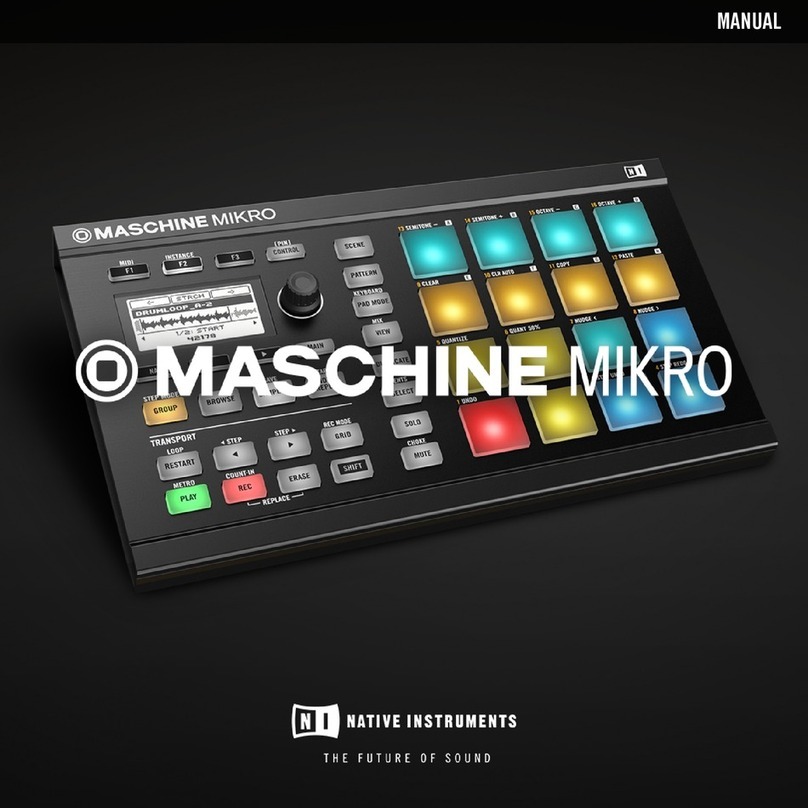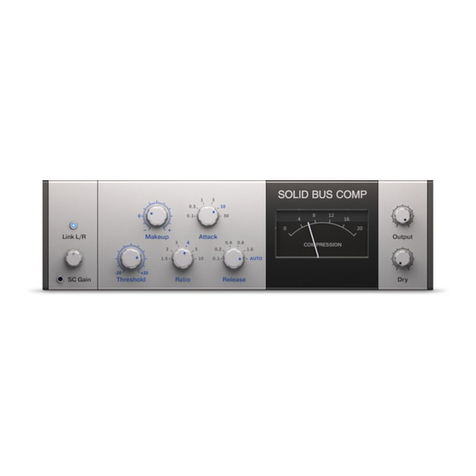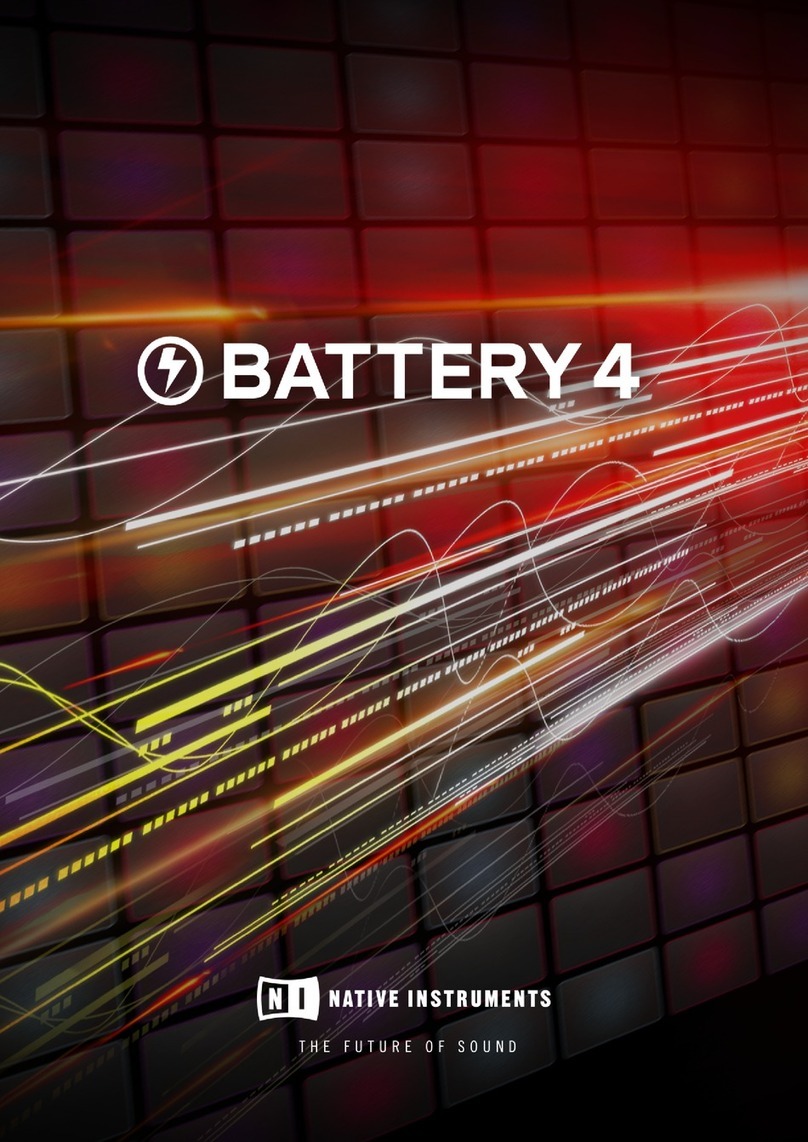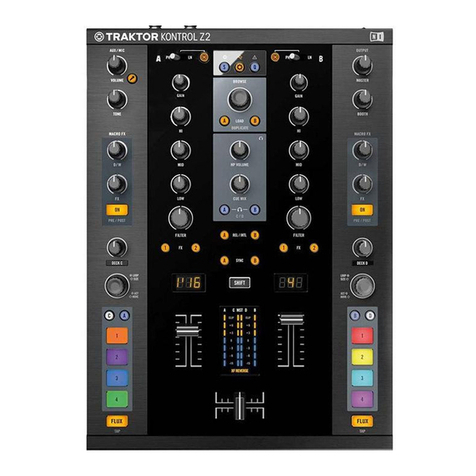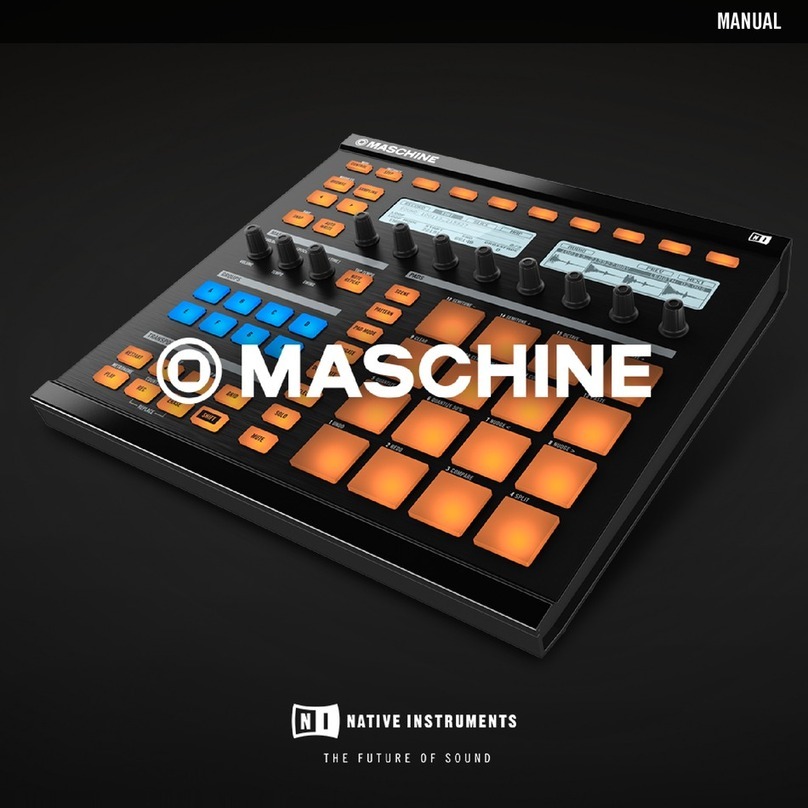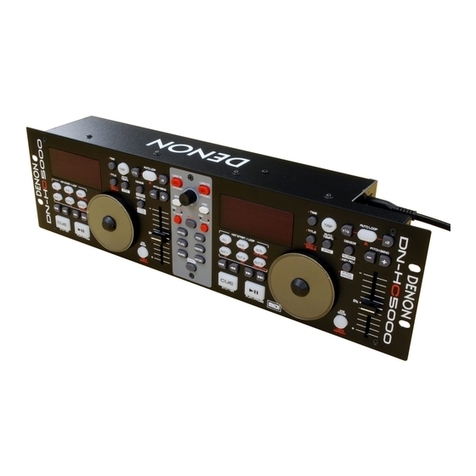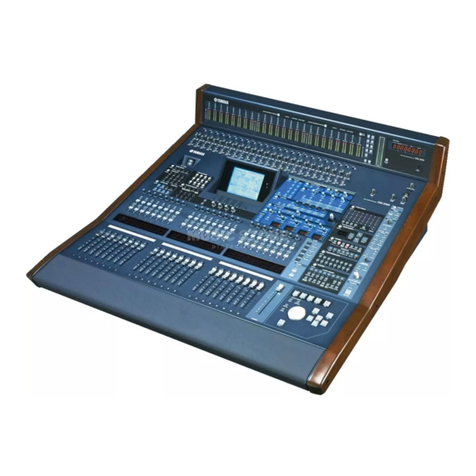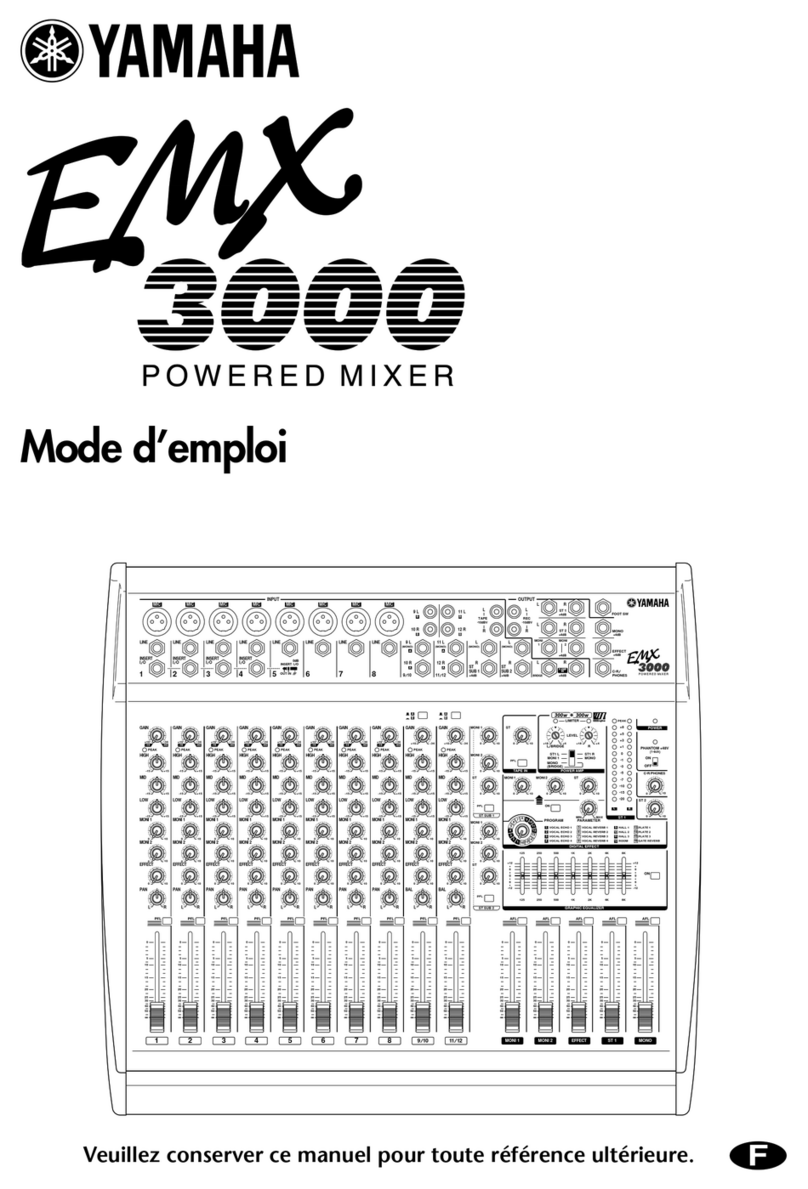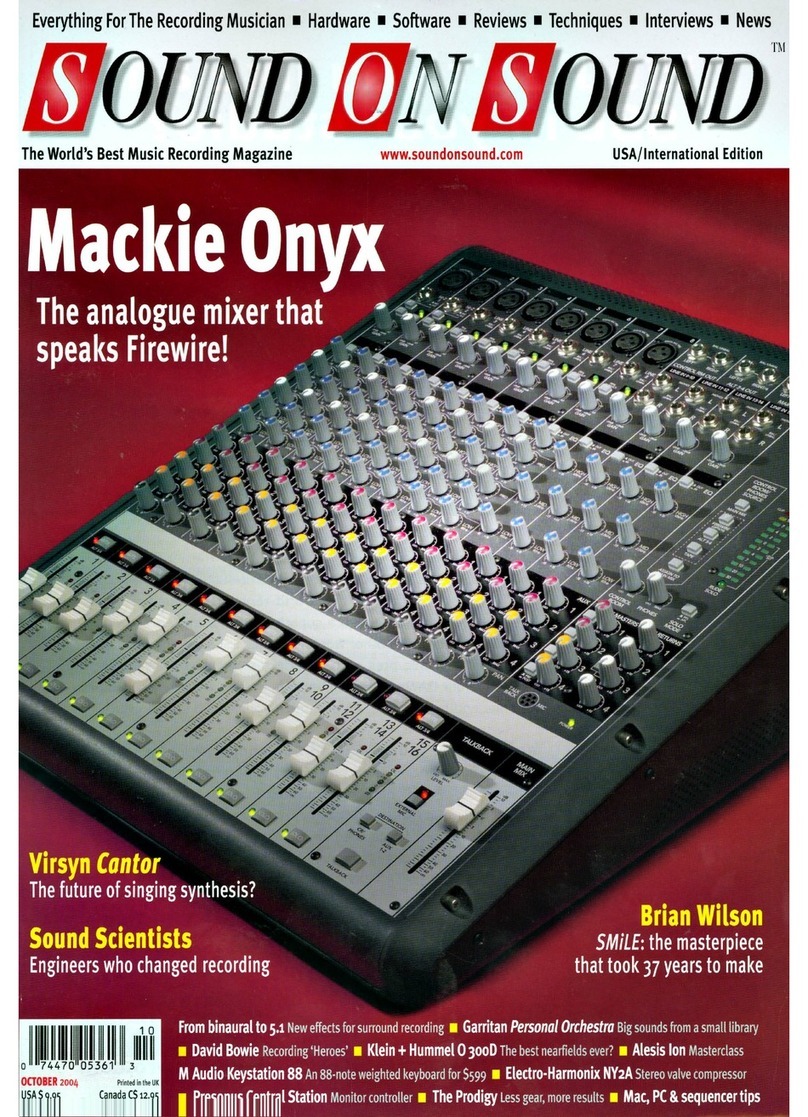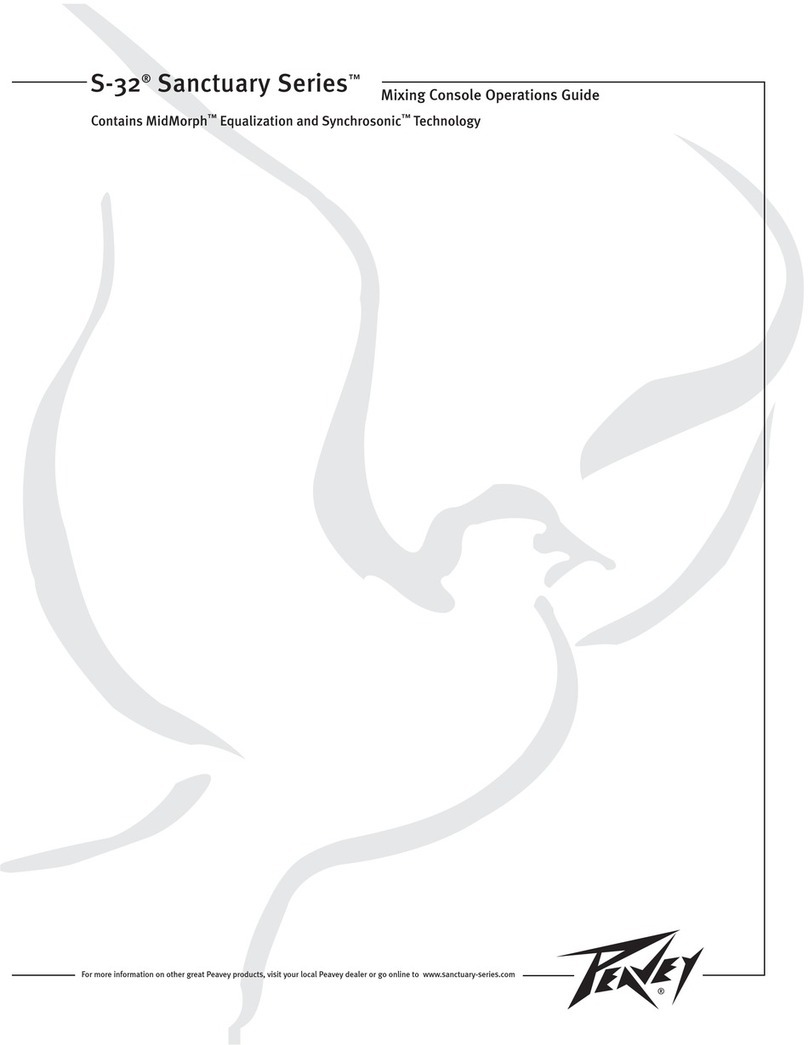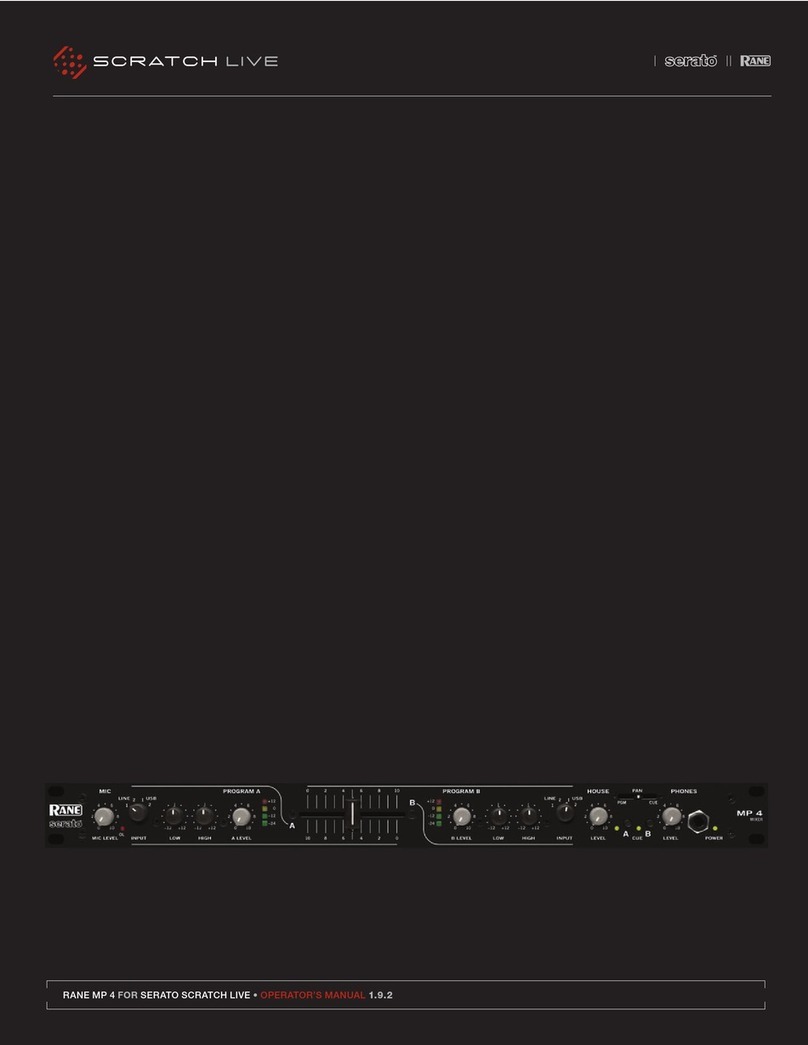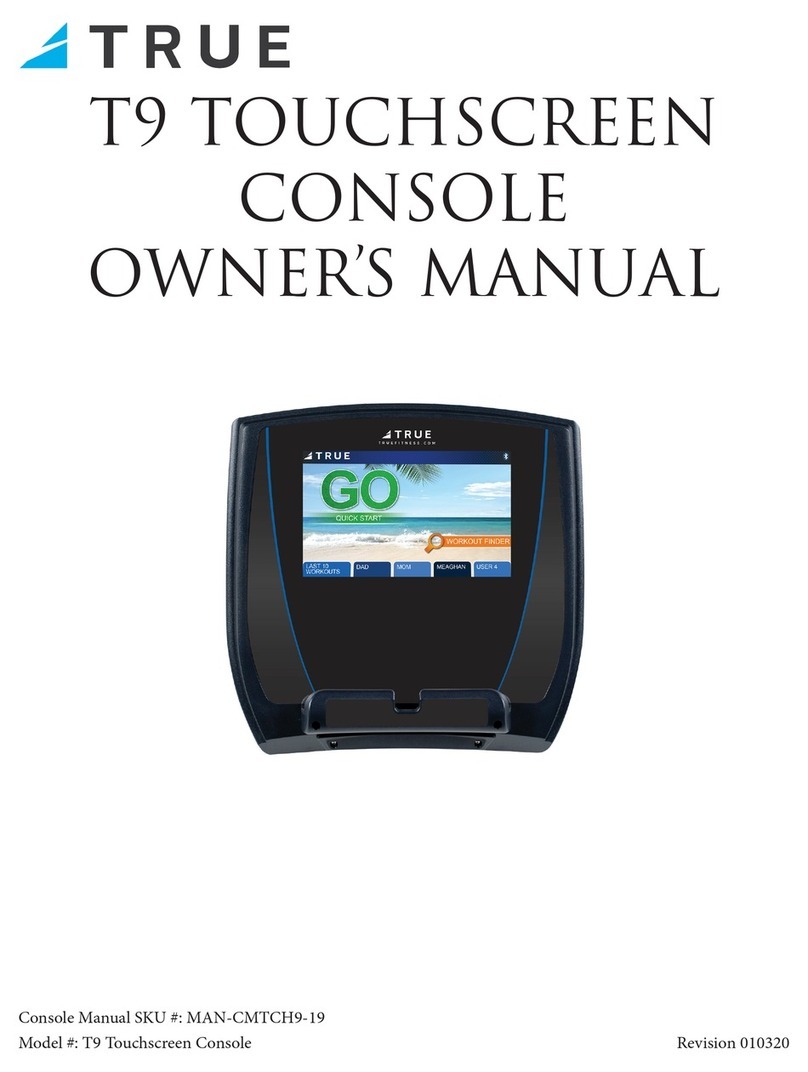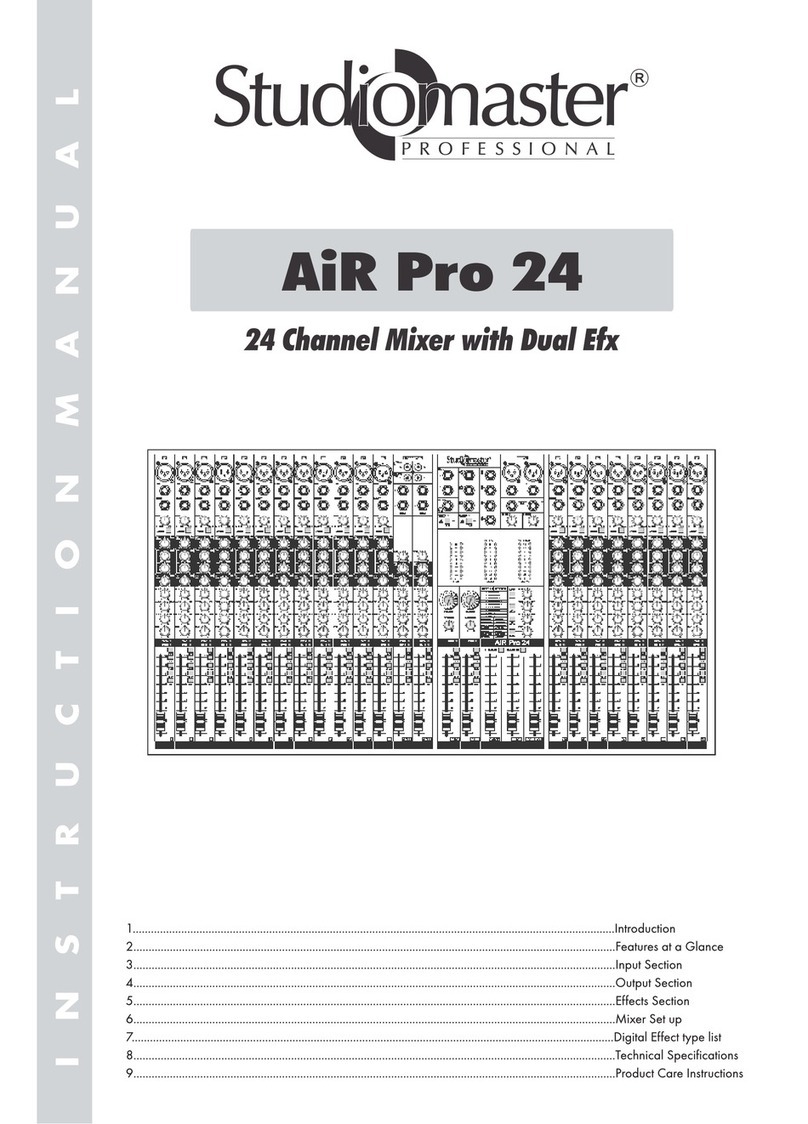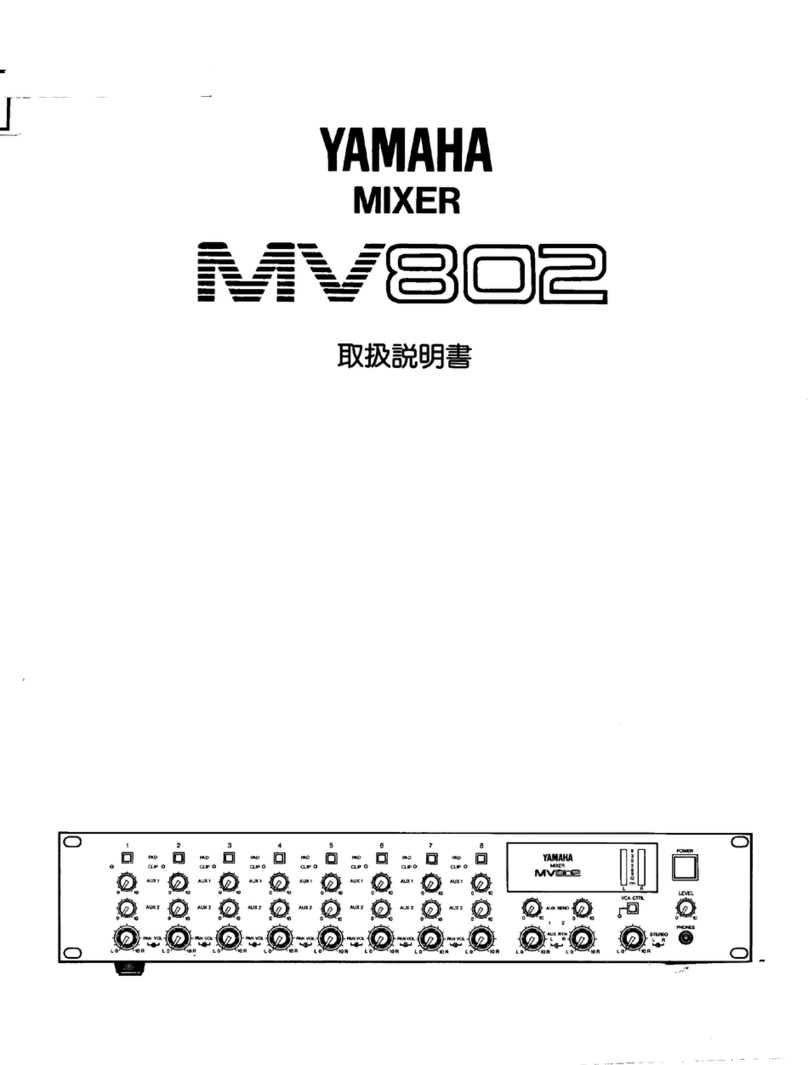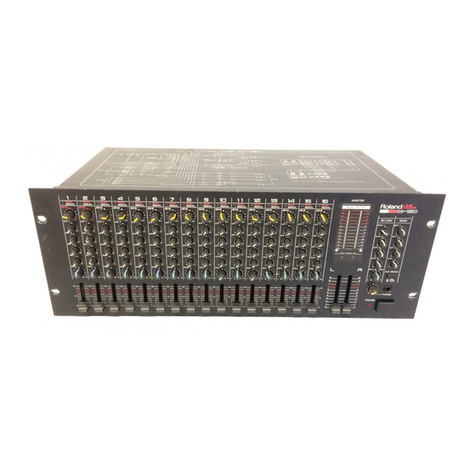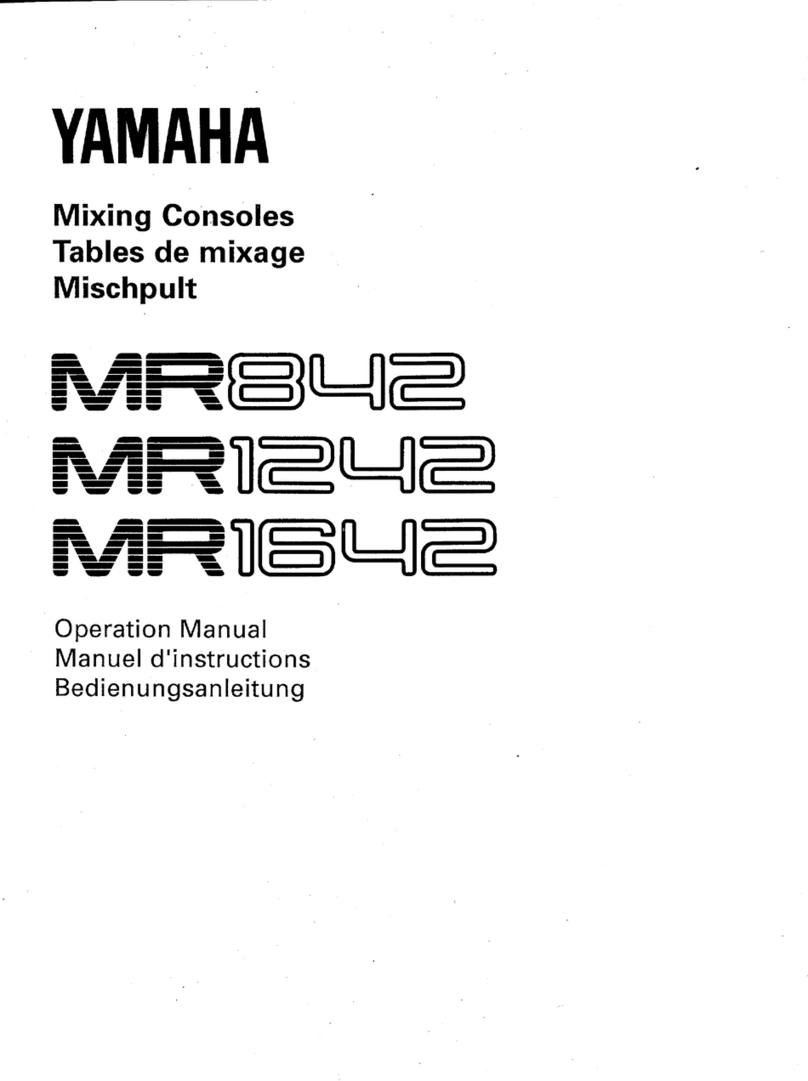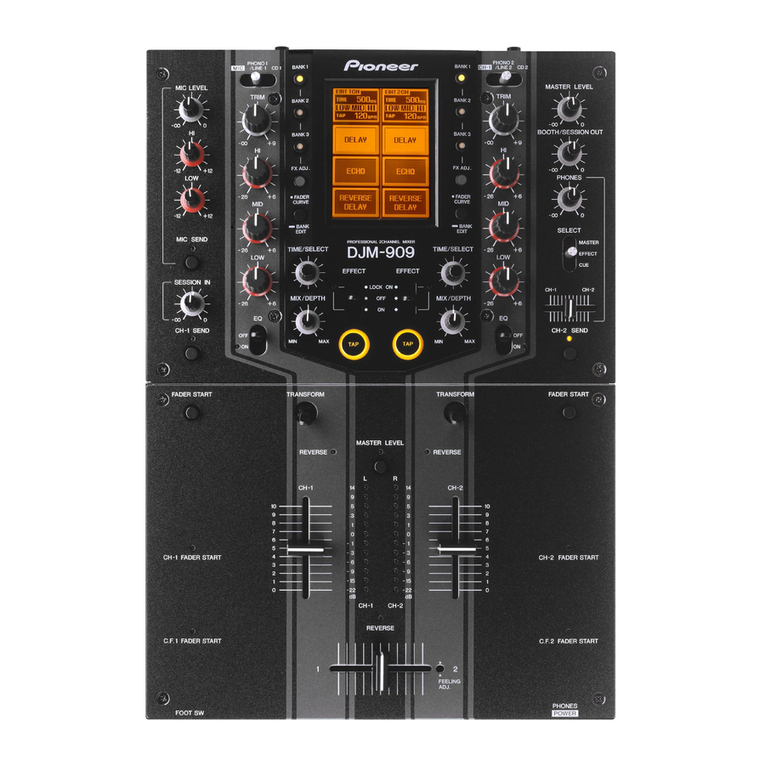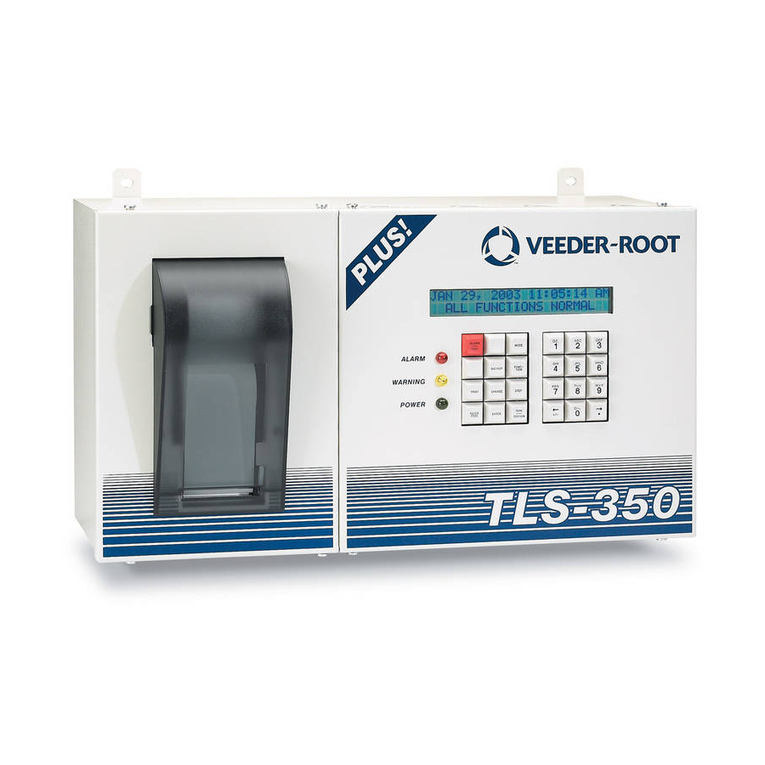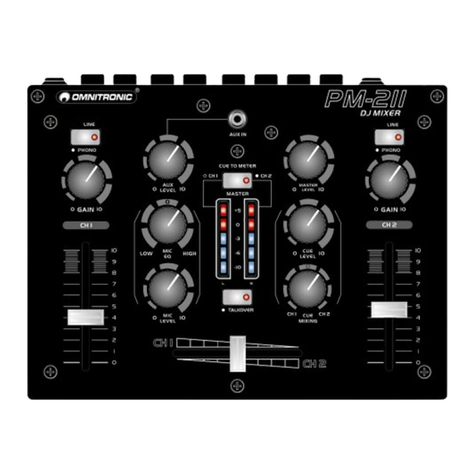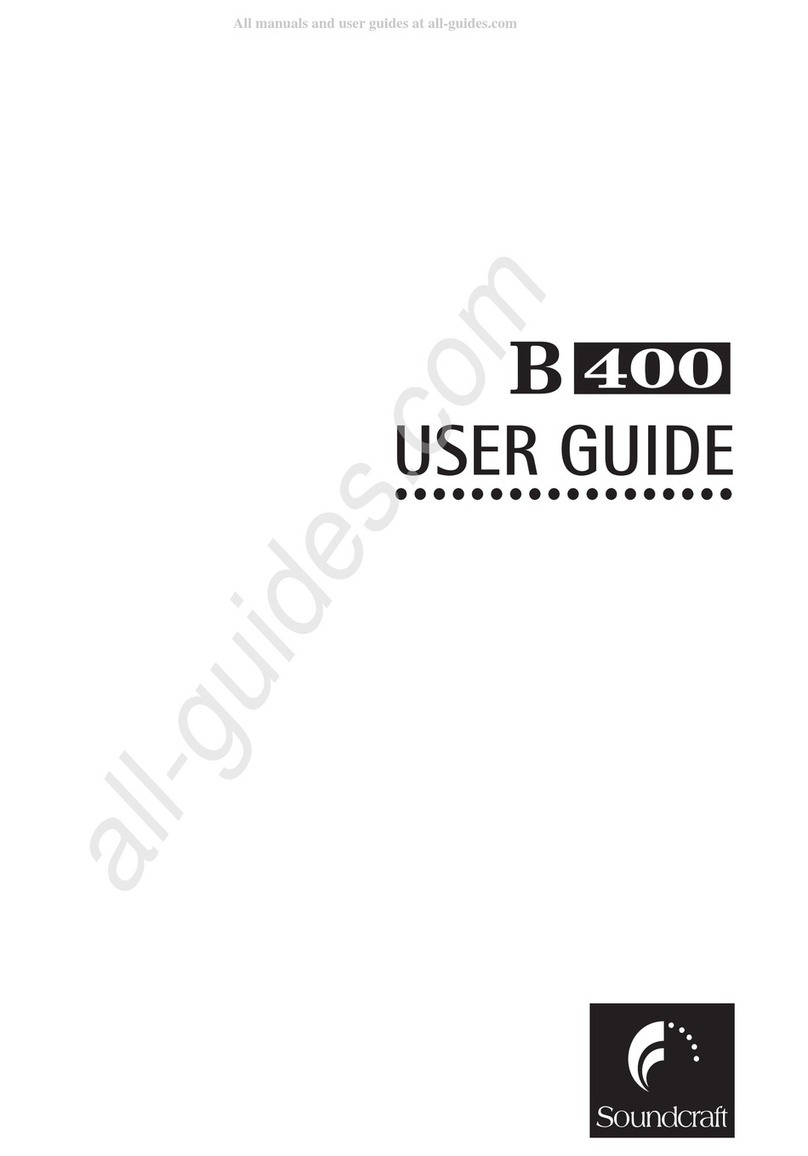
Table of Contents
1. Disclaimer .................................................................................................................. 4
2. Welcome to TRAKTOR KONTROL S4 ......................................................................... 5
2.1. Document Conventions ..................................................................................... 5
2.2. Documentation Resources ................................................................................ 6
2.3. In this Document .............................................................................................. 6
3. Concepts ................................................................................................................... 7
3.1. S4 and TRAKTOR Control Concept ................................................................... 7
3.2. Haptic Drive Modes .......................................................................................... 7
3.3. Pad Modes ....................................................................................................... 8
3.4. Automatic Track Synchronization ....................................................................... 9
3.4.1. Beatgrid ................................................................................................. 9
3.4.2. Tempo Master and Master Clock ............................................................. 9
3.4.3. Automatic Tempo Master Assignment ...................................................... 9
3.5. About the Track Collection ................................................................................ 9
3.6. Snap Mode and Quantize Mode ........................................................................ 9
4. Setting up TRAKTOR KONTROL S4 ........................................................................... 11
4.1. Connecting to the Computer ............................................................................. 11
4.2. Connecting an Amplification System ................................................................ 12
4.3. Connecting Monitors for DJ Booth ................................................................... 12
4.4. Connecting Headphones ................................................................................. 13
4.5. Connecting to the Power Supply ...................................................................... 13
4.6. Final Preparation ............................................................................................ 14
5. TRAKTOR KONTROL S4 Overview ........................................................................... 16
5.1. Decks ............................................................................................................ 17
5.1.1. Browse Controls ................................................................................... 19
5.1.2. Pad Section ......................................................................................... 20
5.1.3. Display Elements for Tracks and STEM Files ......................................... 21
5.1.4. Display Elements on a Remix Deck ....................................................... 21
5.2. Mixer ............................................................................................................. 22
5.2.1. Mixer Channel ...................................................................................... 24
5.3. FX Unit .......................................................................................................... 25
5.4. Front Panel View ............................................................................................ 26
5.5. Rear Panel ..................................................................................................... 26
6. Mixing Your First Tracks ............................................................................................ 28
6.1. Prerequisites .................................................................................................. 28
6.2. Loading the First Track into Deck A ................................................................. 29
6.3. Starting Playback of Deck A ............................................................................ 30
6.4. Loading the Second Track into Deck B ............................................................. 30
6.5. Syncing the Track Tempos .............................................................................. 32
6.6. Starting Playback of the Second Track ............................................................. 32
6.7. Mixing in the Audio Signal ............................................................................... 32
2
